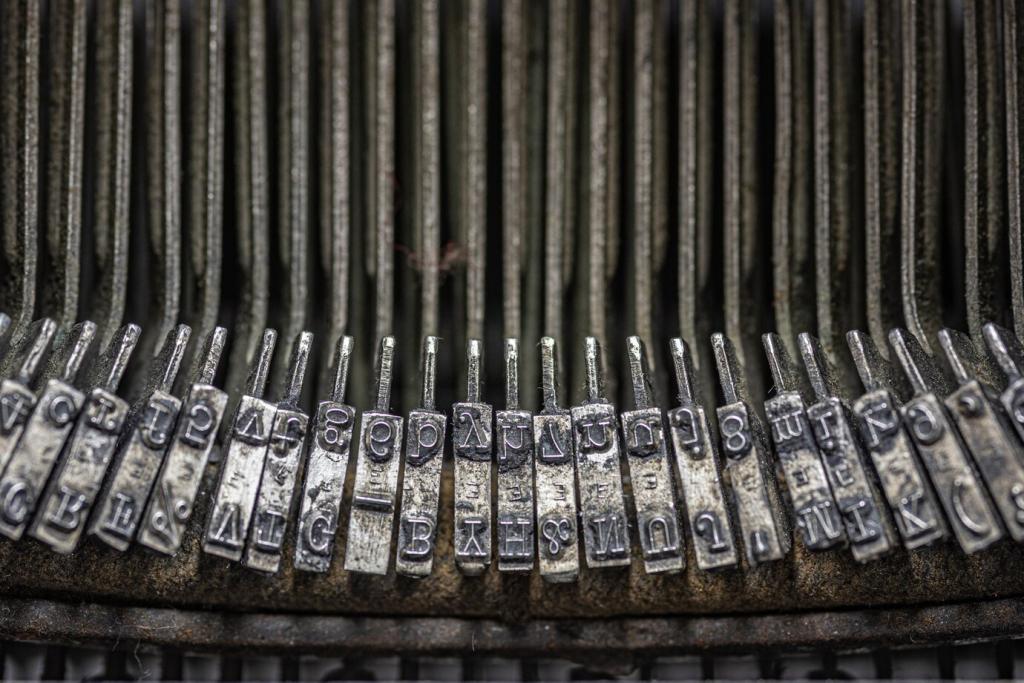Gears, Gauges, and the Ghost of Dial‑Up
Chosen theme: A Steampunk Perspective on Early Internet. Step into a brass-lit atelier where telegram sparks meet packet pulses, and the first online frontiers hum like polished pistons.
The Brass‑Tubed Web: Early Internet as Pneumatic Wonder
From Telegraph Sparks to ARPANET Pipelines
The earliest networks borrowed the telegraph’s courage, translating dots and dashes into routed pulses. In a steampunk lens, ARPANET becomes a pressure network, where valves regulate flow and brass tags label each experimental corridor.
Gopher, FTP, and the Cabinet of Drawers
Picture Gopher menus as mahogany card catalogs, tiny levers revealing hidden shelves of documents. FTP appears as a freight elevator, counterweights clanking, delivering files between workshops with a ledger’s tidy reliability and careful signatures.
Your First Capsule Through the Tubes
Do you remember your earliest online moment, that hush before connection? Tell us in the comments, and subscribe for weekly dispatches exploring how vintage metaphors can illuminate our modern digital craftsmanship.

Clockwork Protocols: TCP/IP as Cogs, Valves, and Gauges
Packets rush like timed steam bursts through branching pipes, each stamped with a route ticket. If one pipe clogs, relief valves redirect pressure, ensuring the capsule’s wax seal remains intact and the message arrives unscorched.
Clockwork Protocols: TCP/IP as Cogs, Valves, and Gauges
SYN, SYN‑ACK, ACK becomes a Victorian greeting: a tipped hat, a returned nod, a mutual agreement to converse. Polite clockwork ensures both engines align before any coal is burned on meaningful exchange.
Parlors and BBSs: Society Before the Shiny Browser
Sysops as Innkeepers of the Line
Local BBS operators curated rooms, brewed tea, and kept the fire stoked—metaphorically and literally. They posted house rules, swept spam from the foyer, and introduced newcomers to regulars with a gentle, seasoned hand.
Etiquette, Calling Cards, and Netiquette
Before profiles, users offered calling‑card signatures and ASCII flourishes. Netiquette resembled salon manners: wait your turn, credit your sources, avoid shouting. Add your favorite old‑school courtesy to our thread and pass it along.
A Midnight Transfer Under Hissing Lamps
I once queued a shareware download at 1:17 a.m., modem shrieking like a kettle. The progress bar crawled, but the room felt heroic, every kilobyte another shovel of coal toward discovery. Share your own midnight saga.
Engines and Interfaces: Victorian UI for Early Tools
Typography, Knurling, and Honest Materials
Unfussy serifs, etched borders, and knurled knobs can guide the hand without distraction. Like a good sextant, a dignified UI balances ornament with purpose, letting the user feel the weight of craft without confusion.
Mosaic as a Polished Porthole
Consider the first graphical browser as a ship’s porthole inlaid with brass. Tabs become riveted plates, links gleam like etched annotations, and status bars tick like escapements, reassuring the traveler with steady, legible movement.
Accessibility in a World of Steam
Even in a gear‑laden fantasy, clarity rules: high contrast placards, tactile controls, readable scales. Share how you would modernize these principles, and subscribe to see prototypes translating vintage cues into inclusive, contemporary patterns.
SSL as a Lacquered Envelope
Handshake ciphers heat the wax; certificates imprint the ring. Once sealed, the message rides confidently, the courier’s route audited by stamps. Breaks in the lacquer tell tales, warning readers before secrets spill into smoke.
PGP Keys and Skeleton Keys
Public keys hang on a pegboard of trust, labeled by reputation and fingerprints. Private keys stay in velvet drawers, oiled and quiet. Rotate them, record them, and treat revocation like changing the lock after a lost key.
Share Your Rituals of Safety
Do you keep passphrases like coded journal entries? Do you verify fingerprints aloud, like comparing notches on twin keys? Tell us your habits, and subscribe for practical, human‑centered security lore with a vintage sparkle.
The Soundtrack of Steam: Music of the Modem Age

Handshake as Overture
The initial screech climbs like a whistle clearing fog, followed by rhythmic clacks as carriages couple. Negotiation tones resolve into a steady tempo, the train settling into timetable pace, promising miles of measured exchange.

Line Noise and Soot in the Flues
Static resembles soot clinging to tubes, causing coughs in the melody. Error correction scrubs the pipes, polishing passages so the motif returns intact. Share tracks that capture this texture and we will compile a playlist.

Compose With Us
Record your modem’s memory, remix it with percussion, or layer a harmonium drone. Post a link, and subscribe to hear community compositions that transform connection rituals into chamber pieces for the age of possibility.
Lessons for Today: Humane Tech From a Vintage Future
Slow Is a Feature, Not a Flaw
Waiting once encouraged intention. Design buffers that invite breath: progress that informs, drafts that persist, and rhythms that respect life. Tell us where slowness could help, and subscribe for field notes on humane pacing.
Transparency and Repairability
Show the gears: explain algorithms in plain placards, expose switches with safe defaults, and publish maintenance logs. Users deserve schematics, not sealed boxes. Comment with examples where openness changed your practice for the better.
Community as Co‑Engineers
Invite readers to tighten bolts, file issues, and steer the timetable. Stewardship turns passengers into crew. Share how you build participatory spaces, and join our newsletter to help draft the next station on this line.
Join our mailing list
